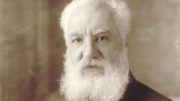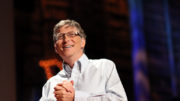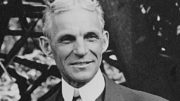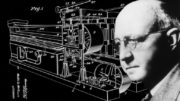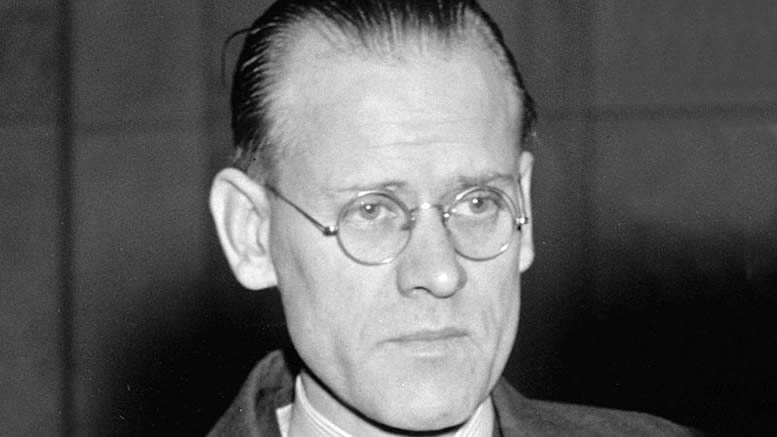 Philo Taylor Farnsworth was sometime called a child genius, while he led a simple childhood on his parents Idaho farm his interest in science and electronics developed at an early age. During his high school years he befriended his chemistry teacher, Justin Tolman, who gave him much encouragement about his interest in science.
Philo Taylor Farnsworth was sometime called a child genius, while he led a simple childhood on his parents Idaho farm his interest in science and electronics developed at an early age. During his high school years he befriended his chemistry teacher, Justin Tolman, who gave him much encouragement about his interest in science.
It was Tolman that Farnsworth, at age 14, first told of his idea for electronic television, Farnsworth’s idea came to him when he was working in his parents field. His plan was to use a cathode ray tube and scan an electron from left to right top to bottom to create an image, just like the plough marks he observed on his farm. His teacher told him he could think of no reason why it would not work and this was all he needed to give him the inspiration to follow his dream. After Farnsworth completed his studies, that were cut short due to the death of his father, Farnsworth spent much time supporting his family. It was not until age 21, that he demonstrated the working electronic TV at his San Francisco lab. His design did away with the spinning discs that were used in previous television designs.
Vladimir Zworykin is sometimes credited as the inventor of electronic television because he applied for a patent of the iconoscope in 1923 while working at Westinghouse. However it was not until 1938 that his patent was granted. RCA, who Zworykin now worked for, then claimed that they were the inventors of the television and refused to pay royalties to Farnsworth. A legal battel soon erupted with with RCA losing to Farnsworth. Zworykin had no evidence that his earlier device could work and his reworked final design was most likely inspired by his 1930 visit to Farnsworth’s lab. World War 2 halted televisions development and once work resumed after the war Farnsworth’s patents had expired. Farnsworth not only did not receive the recognition he deserved but also cost him royalty fees from his ideas, which ultimately closed his business and sent Farnsworth into depression.
While the idea for television dates back to 1908, it was Farnsworth that made it what it is today. Today’s TVs use the same principals that Farnsworth discovered back in his lab in 1927. Several other developed mechanical types of television around this time, notably John Logie Baird. Baird’s 30 line 1925 design was even used for test transmission’s in Britain from 1929 to 1935 and alternatively his 405 line mechanical set was used from 1936 to 1937 along side an all electronic system. In the end the electronic system showed up the shortcomings of the earlier mechanical sets and this is the TV system the world has adopted, the idea of a 14 year old school boy.
When Farnsworth died in 1971 he held over 300 patents, many were for improvements to television and electronics. He also had patents for missiles, and for uses of atomic energy. Before his death, he worked on a nuclear fusion process to produce clean, unlimited energy.

